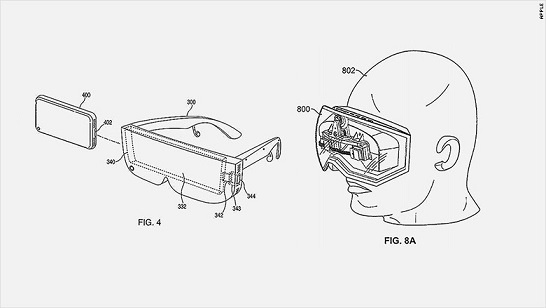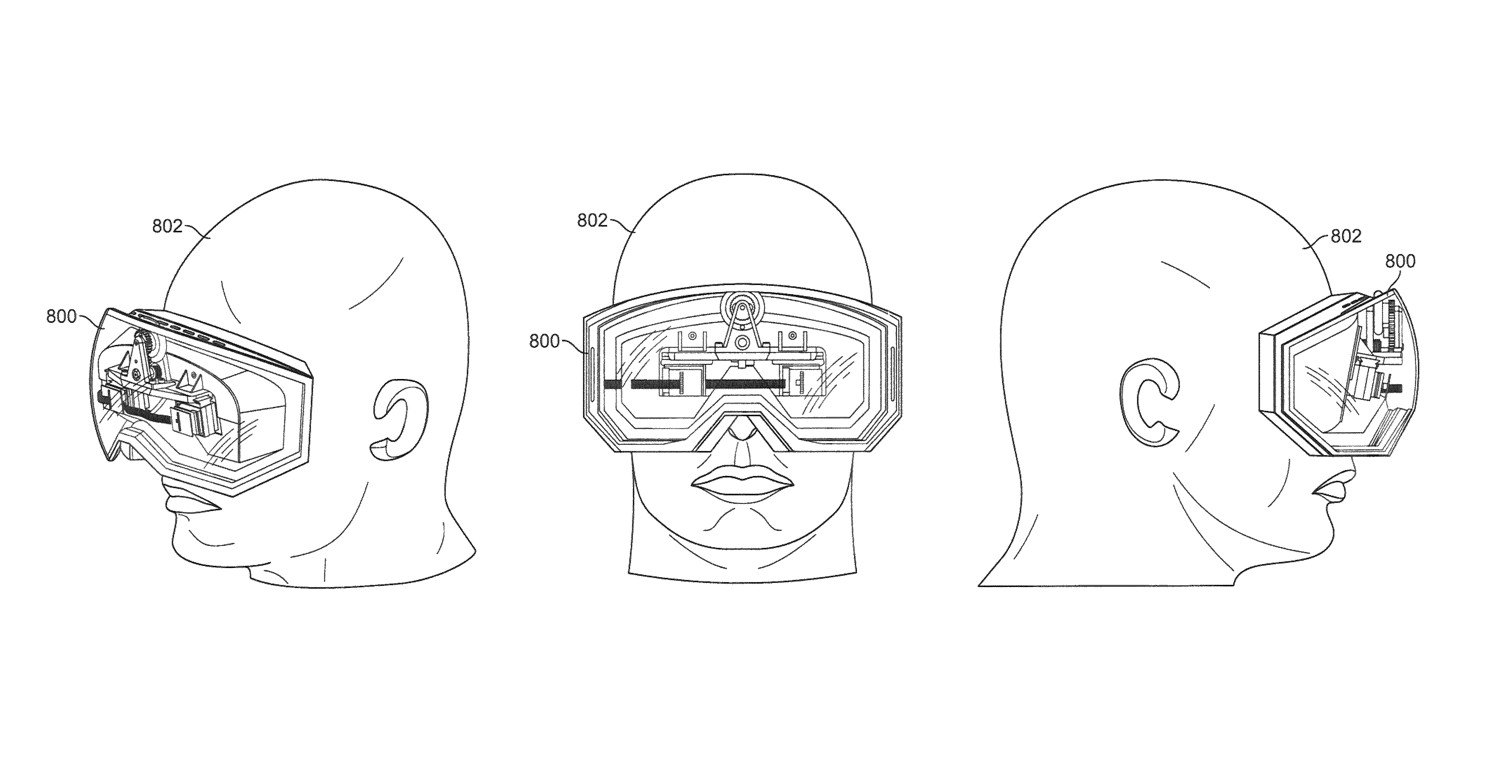A report published by famous Apple analyst Ming-Chi Kuo states that Apple is planning to release an AR Headset in the second quarter of 2020. The release of the headset would follow the release of an updated iPad Pro and an Update to the smaller iPhone SE.
Kuo says that the first round of AR Headset will be developed in collaboration with third parties and will be an iPhone accessory. This wont be the first time that Apple has worked with third parties to develop accessories that work with core products within the Apple eco-system.
What brings credibility to Kuo’s report, along with the fact that Kuo has been overwhelmingly accurate in the past when releasing reports on Apple’s product plans, is the information around the release of other imminent product releases – the iPad Pro and the iPhone SE. Both products are due for an update and the timing of their release lines up with expectations.
The release of an AR Headset, developed by Apple or third-parties as this report claims, is substantiated by code that has been found within different iOS 13 beta releases over the past months. Kuo also reported such information back in March prior to the iOS 13 code findings. The code findings didn’t start showing up until after iOS 13 betas started being provided to developers are the 2019 WWDC conference in June.

Kuo provides additional but small details about the AR Headset that gives us a few more clues about what to expect. He said AR headsets will be driven mainly by an iPhone’s CPU, GPU and would connect to an iphone wirelessly. This is a very different setup when compared to Google Cardboard, Gear VR, VR One, or other headsets that provide lenses only and leverage the smartphone for the dIsplay.
As far as the technical specification and layout of an Apple AR Headset
The iPhone 11 comes with 2 cameras

With the recent announcement by Samsung that the Gear VR is at the end of its life and the reduced emphasis in smart






























